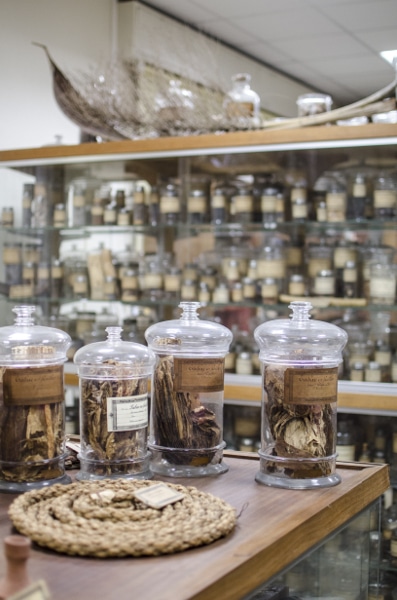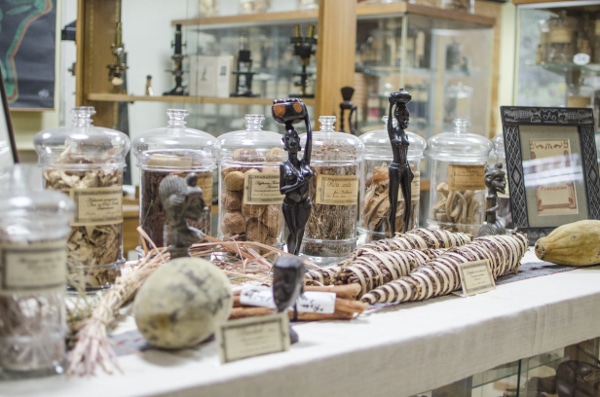Droguier

Ranked second in France after Paris, Montpellier's Droguier bears witness to a long medical and pharmaceutical tradition. Established at the end of the 16th century, following the creation of the Jardin des Plantes, it boasts a rare collection of over 10,000 samples, mainly of plants. Regularly enriched, this living museum is an invaluable tool for understanding the history of "drugs" (plants, minerals, animal substances with medicinal or dietary activity) and the discovery of new medicines. Now part of the Faculty of Pharmacy, the Droguier de Montpellier was listed as a Historical Monument on November 20, 2009.

Droguier Montpellier's Droguier houses almost 10,000 drug samples. Built up over centuries of travel and international exchanges, these collections are still very much alive, and continue to be enriched by donations and bequests. Today, the droguier is an active center for teaching and research.
A place of teaching, research and cultural discovery, the droguier is a mecca for ethnopharmacology: the science that examines traditional knowledge of plant use and what it can teach us. Rather complex knowledge... Because a plant is a veritable cocktail of chemical compounds, which varies according to numerous parameters: the season, the soil in which it grows, the amount of sunshine...
A long history
In the mid-16th century, Guillaume de Rondelet, Regent of the University of Medicine, created Montpellier's first botanical garden. As early as 1588, a "droguier" took shape at the initiative of a Montpellier apothecary, Bernardin II Duranc, who decided to set up a sampling in his "boutique" on rue de l'Aiguillerie to teach "escholiers carabins" the virtues of plants. The doors of the university were opening to a master apothecary... Heir to this first droguier, the Droguier de Montpellier was moved to the new premises of the Faculty of Pharmacy in 1963.



